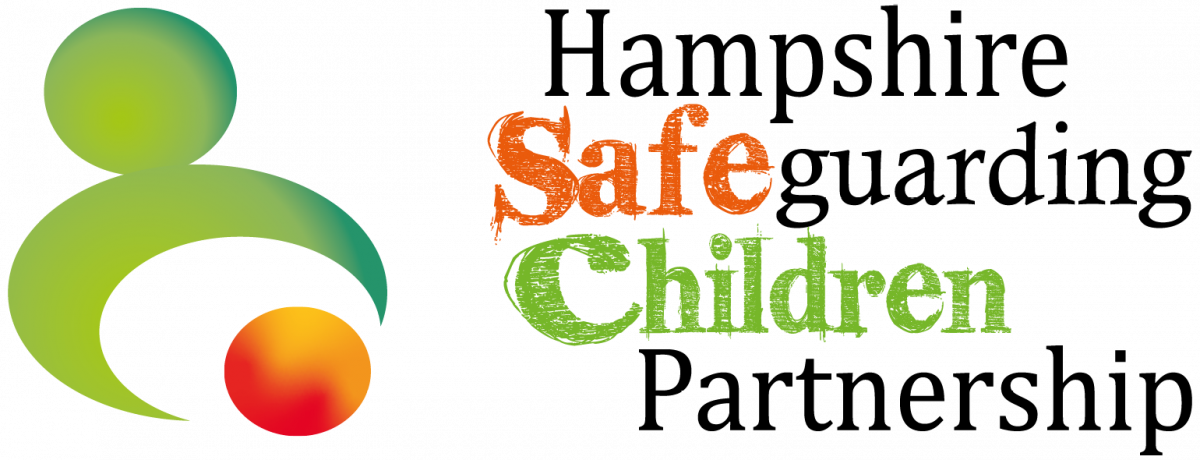Child Sexual Exploitation
Child sexual exploitation is a form of child sexual abuse.
Child sexual exploitation occurs where an individual or group takes advantage of an imbalance of power to coerce, manipulate or deceive a child or young person under the age of 18 into sexual activity:
(a) in exchange for something the victim needs or wants, and/or,
(b) for the financial advantage or increased status of the perpetrator or facilitator.
The victim may have been sexually exploited even if the sexual activity appears consensual.
Child sexual exploitation does not always involve physical contact. It can also occur through the use of technology.
Also see Child Sexual Exploitation: Definition and Guide for Practitioners (DfE 2017). This advice is non-statutory, and has been produced to help practitioners to identify child sexual exploitation and take appropriate action in response. This advice includes the management, disruption and prosecution of perpetrators.
The following are examples of the types of things children can experience that might make them more susceptible to child sexual exploitation:
- Having a prior experience of neglect, physical and/or sexual abuse;
- Lack of a safe/stable home environment, now or in the past (domestic violence or parental substance misuse, mental health issues or criminality, for example);
- Recent bereavement or loss;
- Social isolation or social difficulties;
- Absence of a safe environment to explore sexuality;
- Economic vulnerability;
- Homelessness or insecure accommodation status;
- Connections with other children and young people who are being sexually exploited;
- Family members or other connections involved in adult sex work;
- Having a physical or learning disability;
- Being in care (particularly those in residential care and those with interrupted care histories); and
- Sexual identity.
The impact of early neglect and trauma can cross every area of children’s lives, negatively affecting their capacity to learn basic self-regulatory skills, develop a moral sense, manage a formal educational environment and make close, trusting relationships.
The level of trauma is often associated to Adverse Child Experiences (ACE’s). The more ACEs a child endures, the greater the risk of them having physical and mental health problems later in life.
Trauma-informed practice recognises the prevalence of trauma and its impact on the emotional, psychological and social wellbeing of people, recognising and responding by enabling changes in behaviour, strengthening resilience and empower individuals to res-establish control of their lives.
Children rarely self-report child sexual exploitation so it is important that practitioners are aware of potential indicators of risk, including:
- Acquisition of money, clothes, mobile phones etc without plausible explanation;
- Gang-association and/or isolation from peers/social networks;
- Exclusion or unexplained absences from school, college or work;
- Leaving home/care without explanation and persistently going missing or returning late;
- Excessive receipt of texts/phone calls;
- Returning home under the influence of drugs/alcohol;
- Inappropriate sexualised behaviour for age/sexually transmitted infections;
- Evidence of/suspicions of physical or sexual assault;
- Relationships with controlling or significantly older individuals or groups;
- Multiple callers (unknown adults or peers);
- Frequenting areas known for sex work;
- Concerning use of internet or other social media;
- Increasing secretiveness around behaviours; and
- Self-harm or significant changes in emotional well-being.
Practitioners should also remain open to the fact that child sexual exploitation can occur without any of these risk indicators being obviously present. Practitioners should also be alert to the fact that some risk assessments have been constructed around indicators of face-to-face perpetration by adults and may not adequately capture online or peer perpetrated forms of harm. It is also important to remember that risk assessments only capture risk at the point of assessment and that levels of risk vary over time, and that the presence of these indicators may be explained by other forms of vulnerability rather than child sexual exploitation. The first step for practitioners is to be alert to the potential signs of abuse and neglect and to understand the procedures set out by local multi-agency safeguarding arrangements.
Where the concerns about the welfare and safety of the child are such that a referral to Children’s Social Care should be made the Referrals Procedure must be followed.
Working Together to Safeguard Children requires that following a referral Children’s Social Care should ensure that the needs of all children who are being, or who are at risk of being, sexually exploited are assessed and that appropriate multi-agency engagement and interventions are undertaken. The duties under the Children Act 1989 apply to all children under the age of 18 years. Children’s Social Care should also be alert to the possibility of sexual exploitation of children who are already in receipt of services.
For pregnancy in children under the age of 13, refer to the HIPS pathway.
- Child sexual exploitation How public health can support prevention and intervention
- Child Sexual Exploitation: Definition and Guide for Practitioners (DfE, February 2017)
- Barnardos – Child Sexual Exploitation
- Child sexual exploitation: Practice Tool (2017)
- National Crime Agency – Modern Slavery and Human Trafficking
- NSPCC resources
- Tackling Child Sexual Exploitation: Progress Report
- Tackling Child Sexual Exploitation: A Resource Pack for Councils
- Responding to Child Sexual Exploitation – College of Policing
